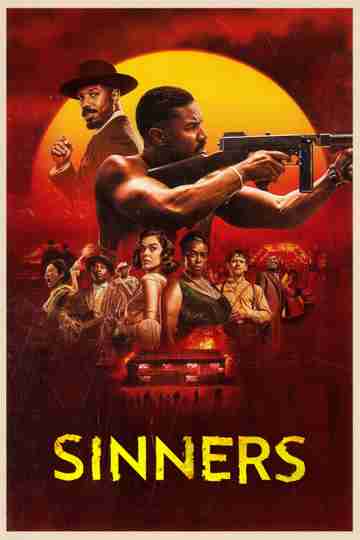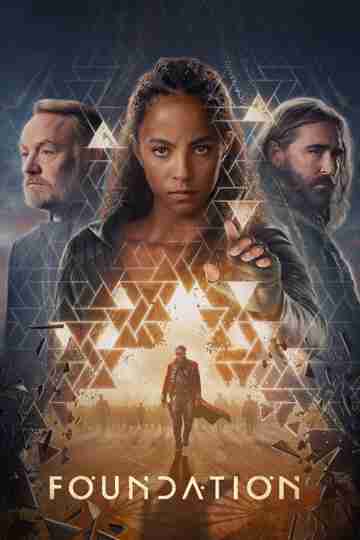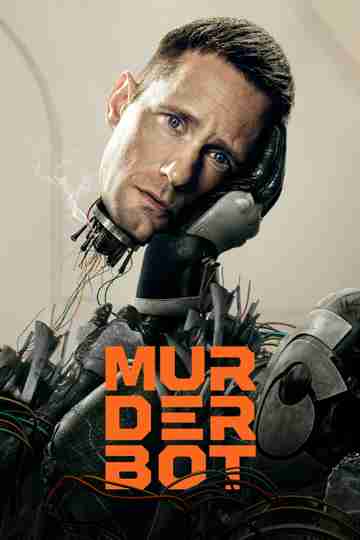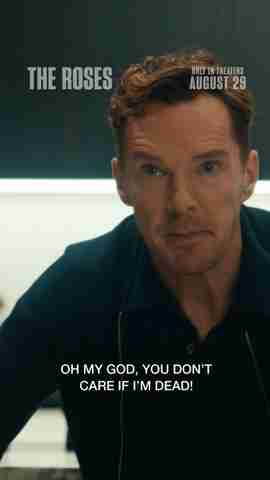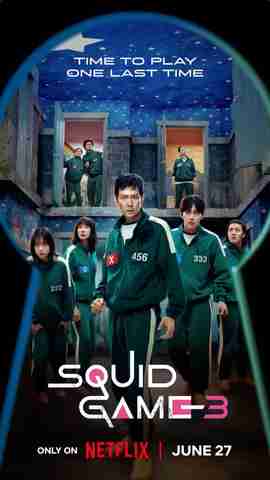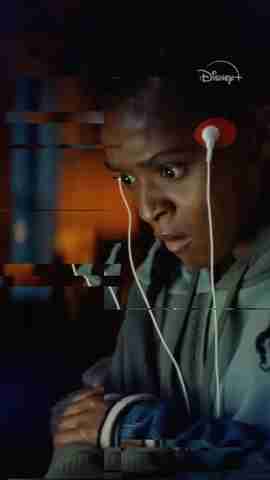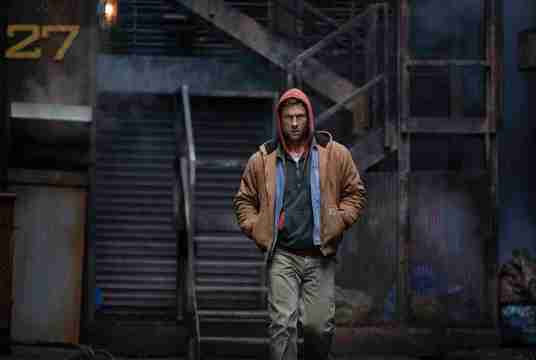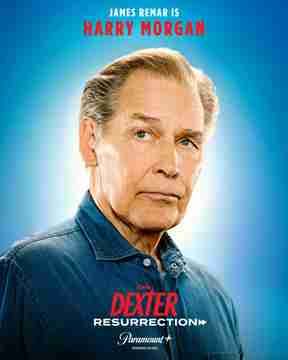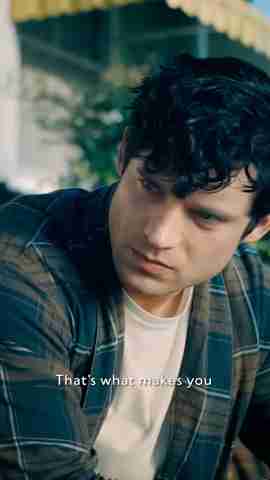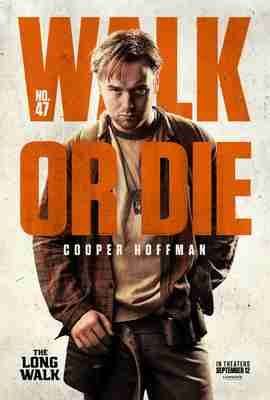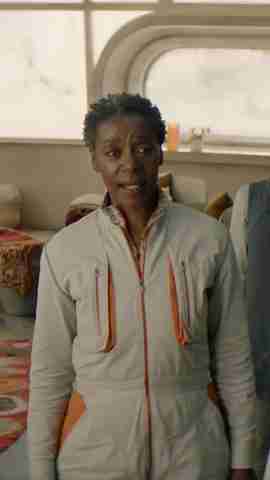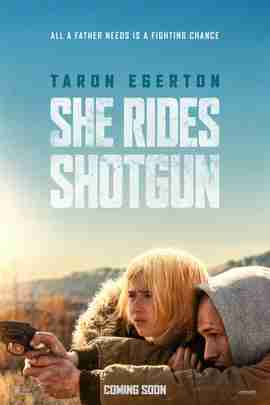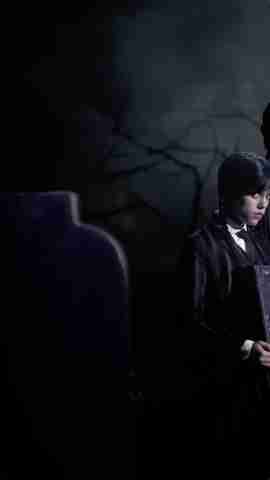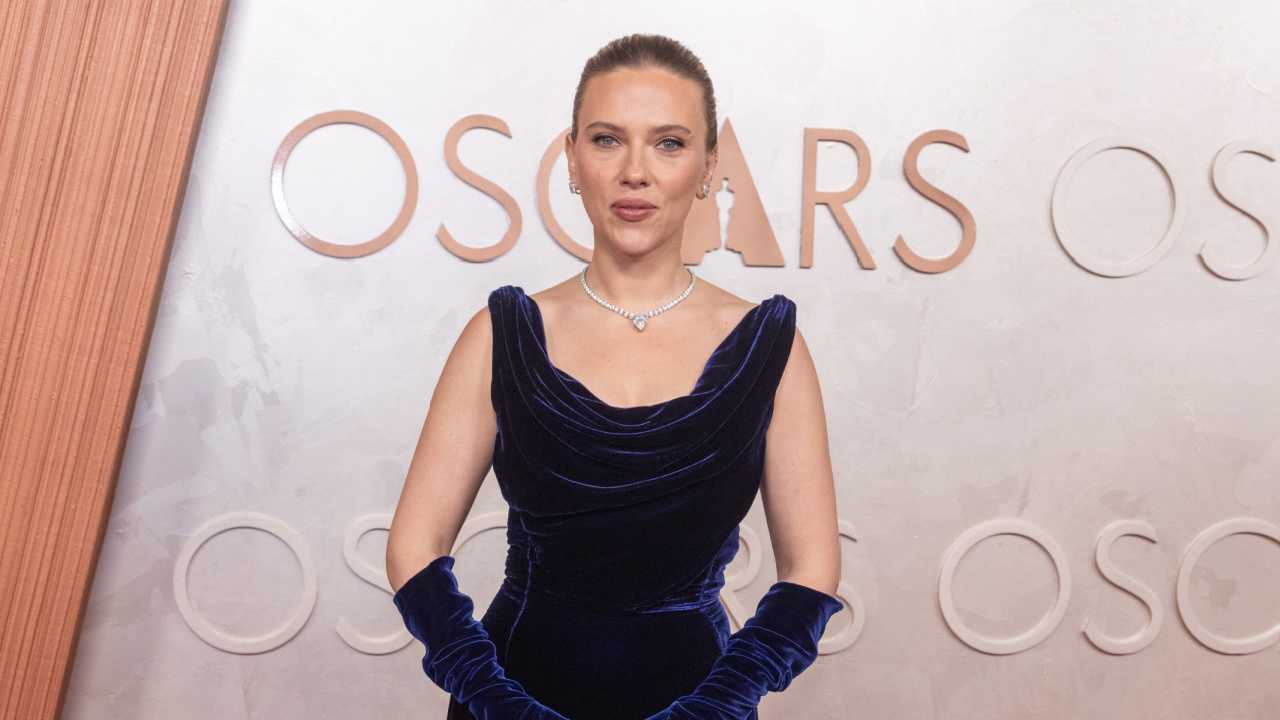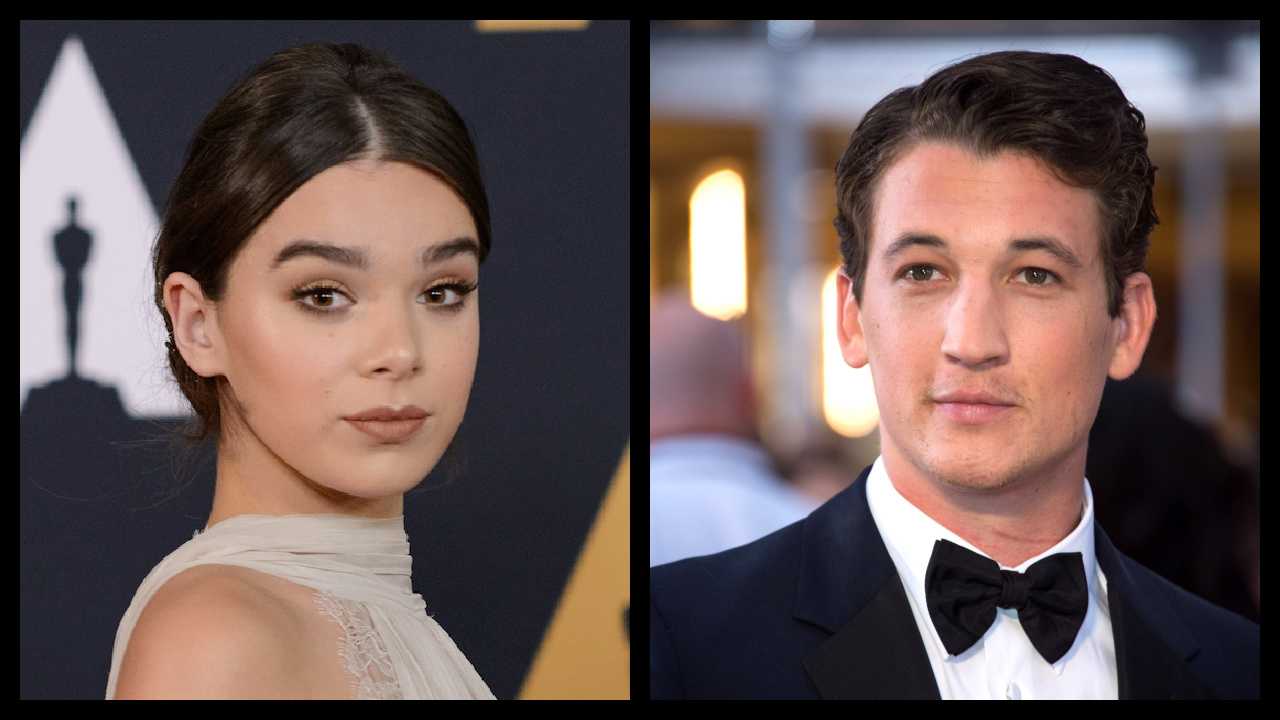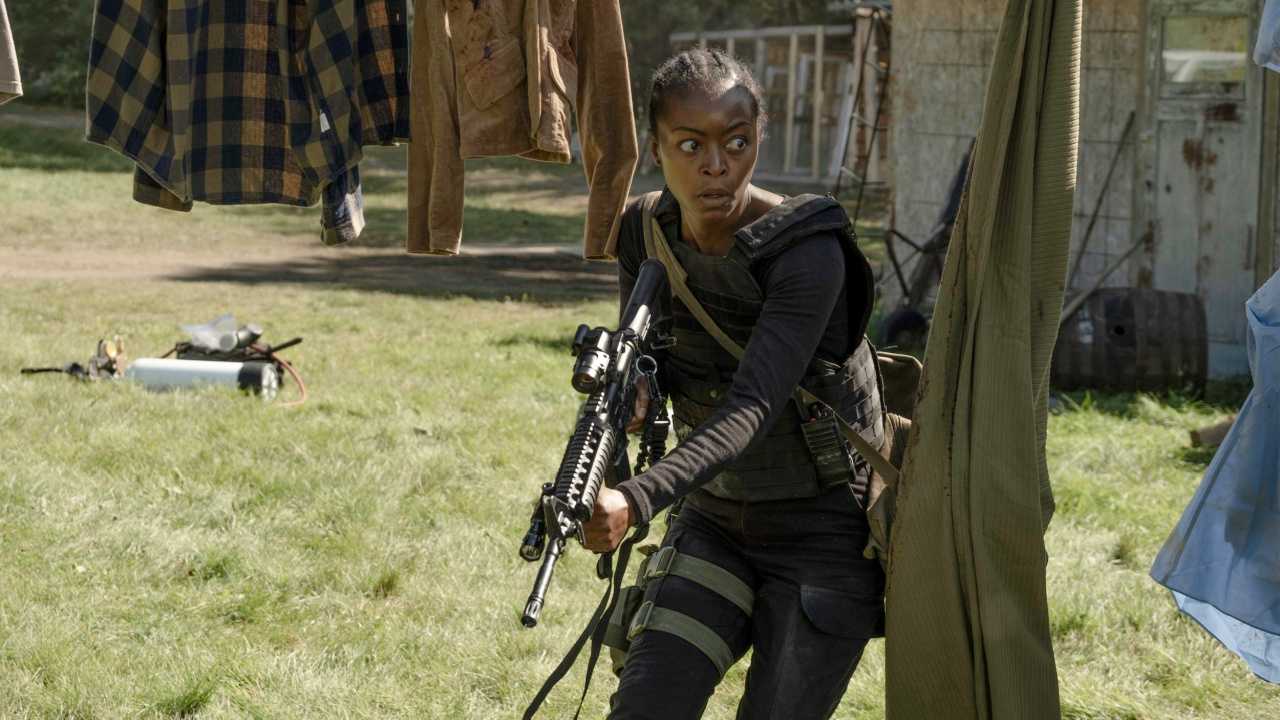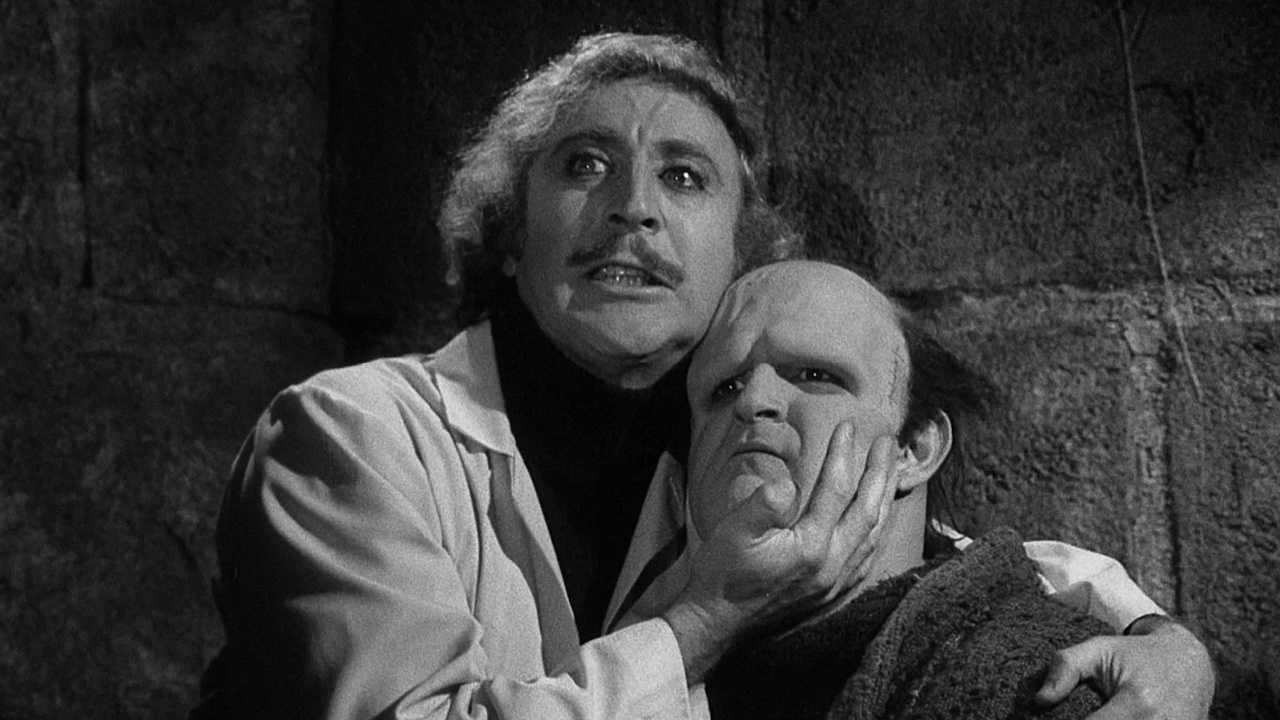Actress Tanna Frederick Reveals Film's Future with Virtual Reality Goggles
https://www.youtube.com/watch?v=rBBaMseLiwg
Forget about shades. The future’s so bright, you have to wear Oculus goggles.
“This is the wave of the future—the future of storytelling,” “Defrost” producer and actress Tanna Frederick tells Made in Hollywood Teen of her virtual reality film.
“The first day on set was mind-boggling to me,” she admits. “It’s a fascinating piece of equipment.”
Frederick’s drama “Defrost” utilizes 360-degree Oculus virtual reality technology to transport the viewer into a fully immersive experience that’s captured from nearly every angle possible.
“It’s even more than that,” Frederick explains. “It’s like putting a chip into your brain of an experience that wasn’t there before.”
"Defrost" follows the story of Joan Garrison, a woman who underwent a radical medical procedure that kept her body frozen for nearly 30 years after suffering a stroke. Her family revives her decades after the incident in the year 2045 after technology has advanced enough to enhance her quality of life.
Shot from the point of view of the de-thawed character, the moviegoer becomes, essentially, a part of the cast.
“You see through her eyes, so it’s better for suspension of disbelief,” Frederick says.
To help the cast interact with Garrison, who is never seen by the viewer, they interacted with a dummy on a wheelchair that had cameras attached.
“When she’s being wheeled in the viewer is taking that trip. You’re seeing as that character would,” Frederick explains. "She doesn’t recognize [her family] and you don’t. There’s a whole mystery.”
Frederick says “Defrost” director and writer Randal Kleiser “has always been on the cutting edge” of cinematic technology.
“I saw Randal’s 82-year-old mother watching it and there’s a part where my character approaches and says ‘I’d like to call you mommy,’ and she said, ‘I’d like that,’ and then (my character says), ‘I love you,’ and she said, ‘I love you too.’”
To film “Defrost,” Frederick says that they used around 14 mounted GoPro cameras and every scene shot had to be done in a single take. “When you film you have to be careful with the storyline,” she explains. “You’re filming all the images together. We did several takes but used only one. I see this as our future movie experience.”
The complexities of filming from 360 degree angles means certain concessions must be made. “You can’t have booms, you can’t have sound guys, you can’t have light—you have to creatively light scenes,” she says. “Once we called action we had to do the entire scene through—over and over. The technology only allows for one additional shot.”
Another quirk that’s unique to filming in virtual reality is that the director’s presence is limited. “You can’t have a director on set,” Frederick explains, adding that Kleiser had a clever way of observing the action—he cast himself as a background nurse. “He was visible but had to stay in the background. After every single take he would give us notes and direction and playback. We did it about 15-20 times, which is not unlike a movie set.”
Oculus virtual reality content can be download via apps and accessed by attaching an iPhone to the device, which costs around $200. “For our complete 12 episodes (of ‘Defrost’), it’s under $5,” Frederick says, adding that there’s more gaming content available for Oculus than features and films, but she hopes that will change soon.
“I’m proud as a female in Hollywood getting involved on the cutting edge of technology,” she says. “A lot of these panels are men—I think it’s important that women are involved as well.”

